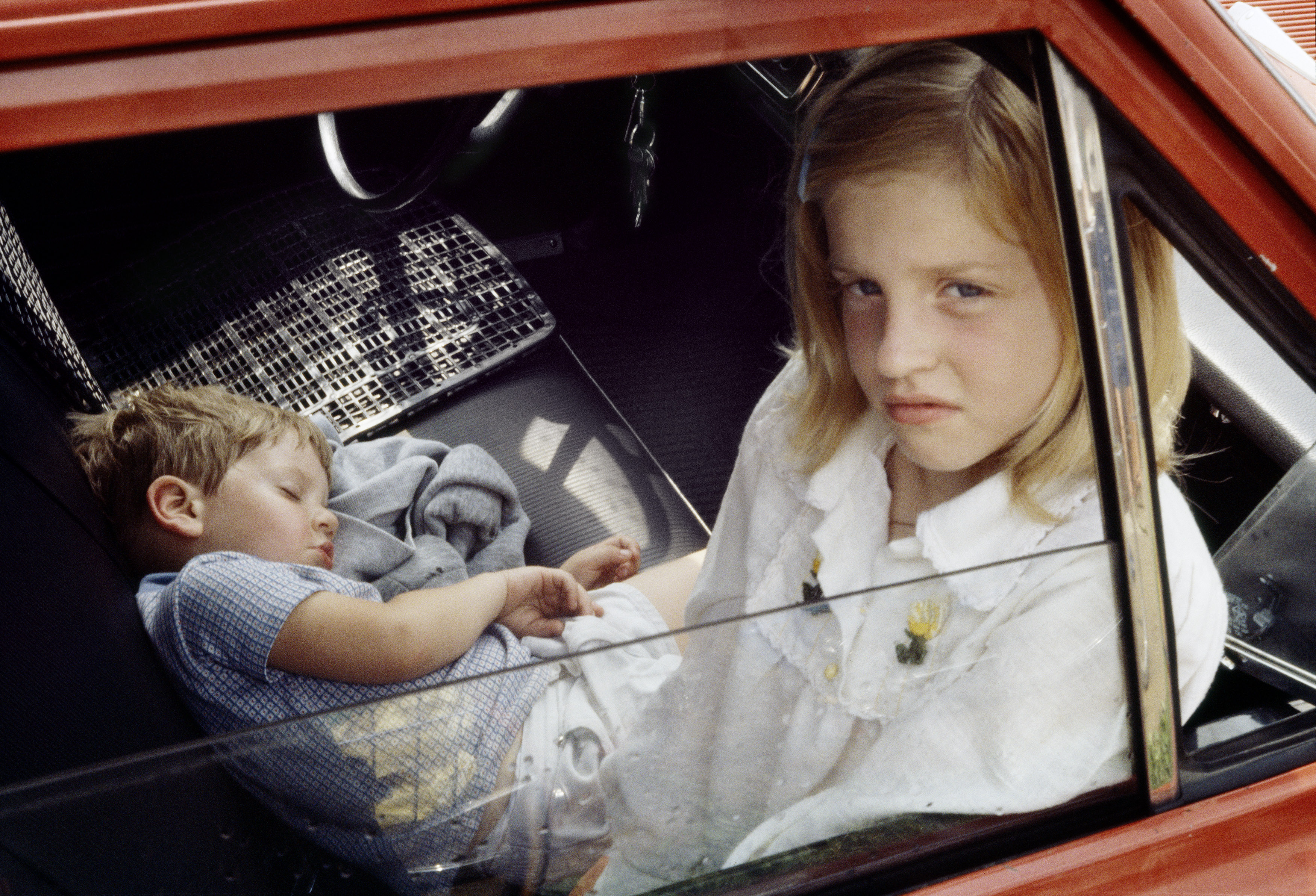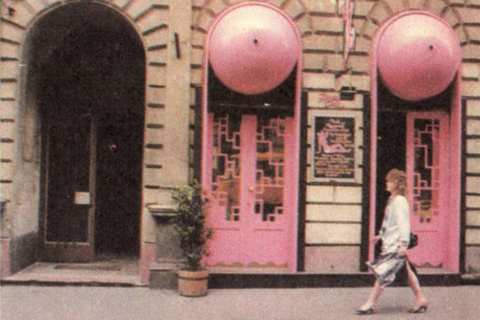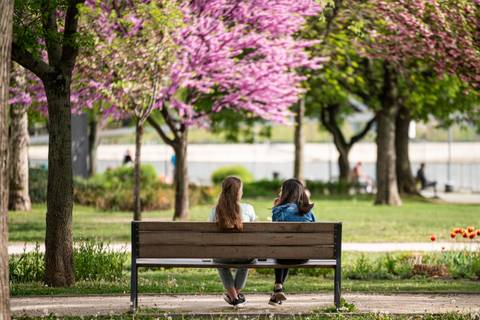An exhibition at Mai Manó House showcases 75 select photographs by Vivian Maier. A nanny by profession but a photographer by passion, Maier was a mysterious and private person who spent most of her time documenting life that flowed before her, capturing cities and people through photos, videos and sound recordings. Her oeuvre was discovered posthumously by accident in 2007, when boxes of over 100,000 negatives and undeveloped film rolls were bought at an auction. This incredible archive is now highly regarded, and Maier has since been compared to the likes of the great 20th-century photographers Brassaï, Diane Arbus and Walker Evans.
During the time she worked for various households over the course of 40 years, mostly in Chicago’s North Shore, for those who knew her, Vivian Maier was the unusual and mysterious nanny who took a lot of photos that nobody ever saw. However, in reality, Miss Maier had a lot more up her sleeve, most notably an incredible eye for nuances that make the world special – but her brilliant work was only discovered posthumously. In 2013, a documentary titled Finding Vivian Maier was made about her life, including interviews with her former employers and their children who reveal that Maier presented herself to others in multiple ways, with varied accents, names and details about her life. With some children she was inspiring and positive, with others frightening and abusive. Her one true passion was photography that she pursued in her spare time and during the afternoon walks she took the children to, often around rougher neighborhoods.
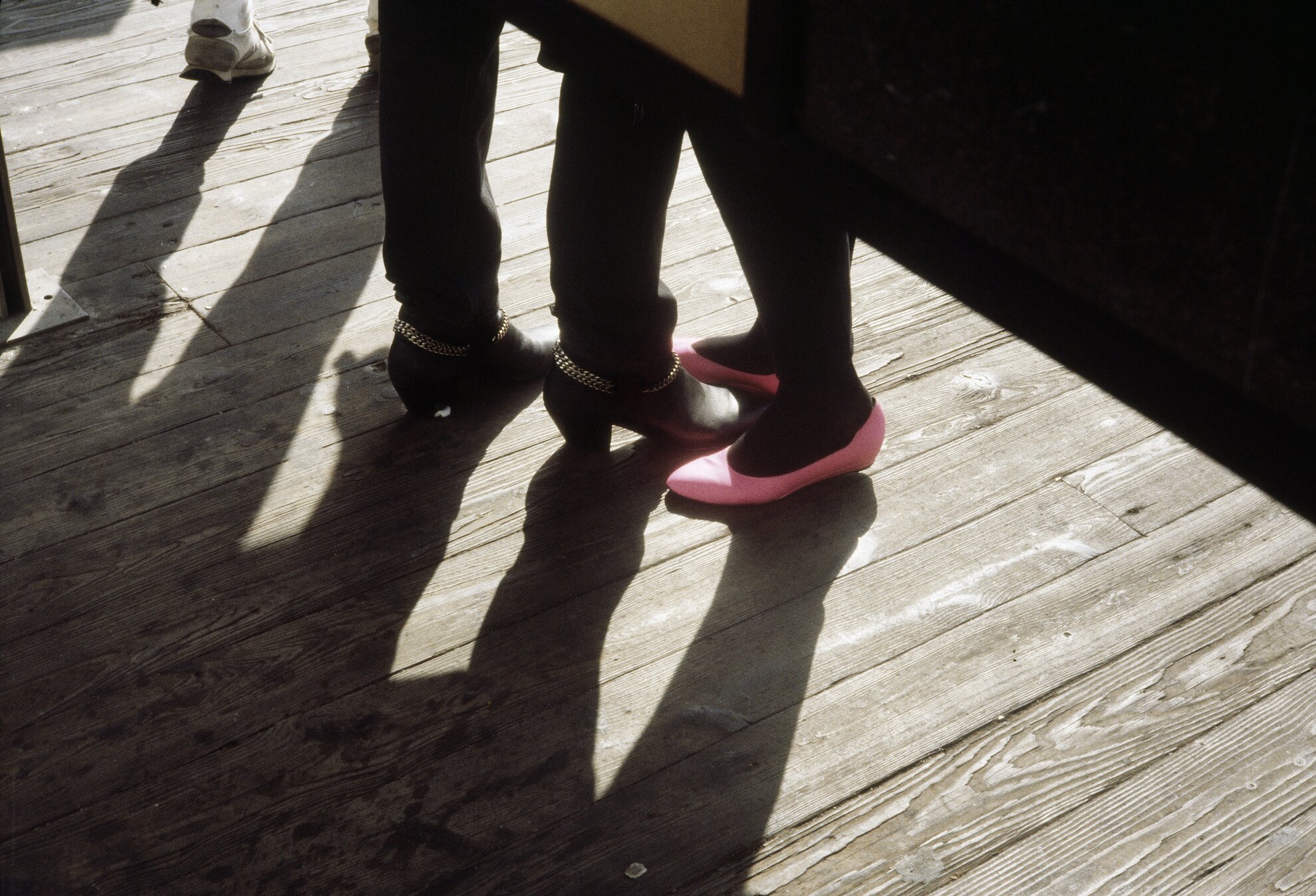
The Howard Greenberg Gallery in New York, which is handling a part of the Vivian Maier legacy, compiled this selection especially for Budapest’s Mai Manó House. Stepping through the door, you immediately find yourself in front of the curious eyes of Maier who is holding her Rolleiflex at chest level ready to cock the shutter in an oversized poster – a scene that most of Maier’s subjects saw. The exhibition starts in a spacious and well-lit room, where Maier’s fascinating photographs hang boldly in simple black frames on the whitewashed walls, with accompanying captions in Hungarian and English. Two smaller rooms await to the left and to the right, though it’s not entirely clear on what basis the photographs are organized between each space. Truth be told it doesn’t really matter, as strolling through this exhibition feels like trawling around the streets of Chicago and New York in the mid 20th century with Vivian – just like the kids she used to babysit –seeing the world through her attentive eyes that spot intriguing street scenes, nuances, twists of fate and faces that remain unnoticed by most.
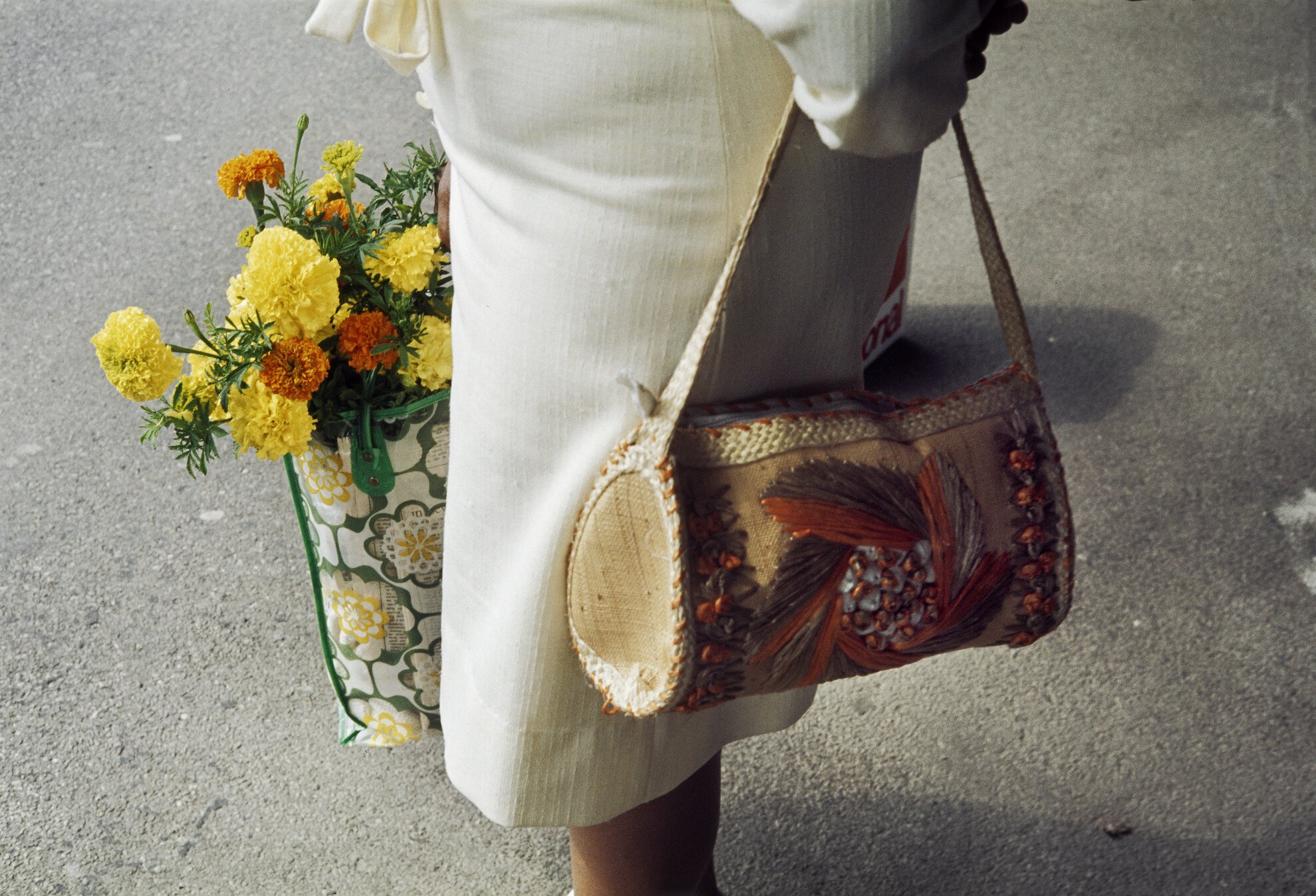
Walking around the rooms, visitors can cast their eyes on the everyday characters Vivian saw, staring straight into their soul. A lady in a fashionable fur coat, a pair of cheeky children enjoying an ice-cream, a couple on a romantic rendezvous, another in a fight, men getting their shoes shined on the street by young boys. Some photos are perfectly composed through deliberate design, while with others it is hard to decide if they were only created by coincidence. Among Maier’s photographic work is a number of notable cleverly crafted self-portraits – many on display at the Mai Manóshow. Her portraiture is never direct; her image is often reflected through a shadow or in windows, puddles and mirrors, something that visitors can also try thanks to several mirrors hanging on the walls around the exhibition space.
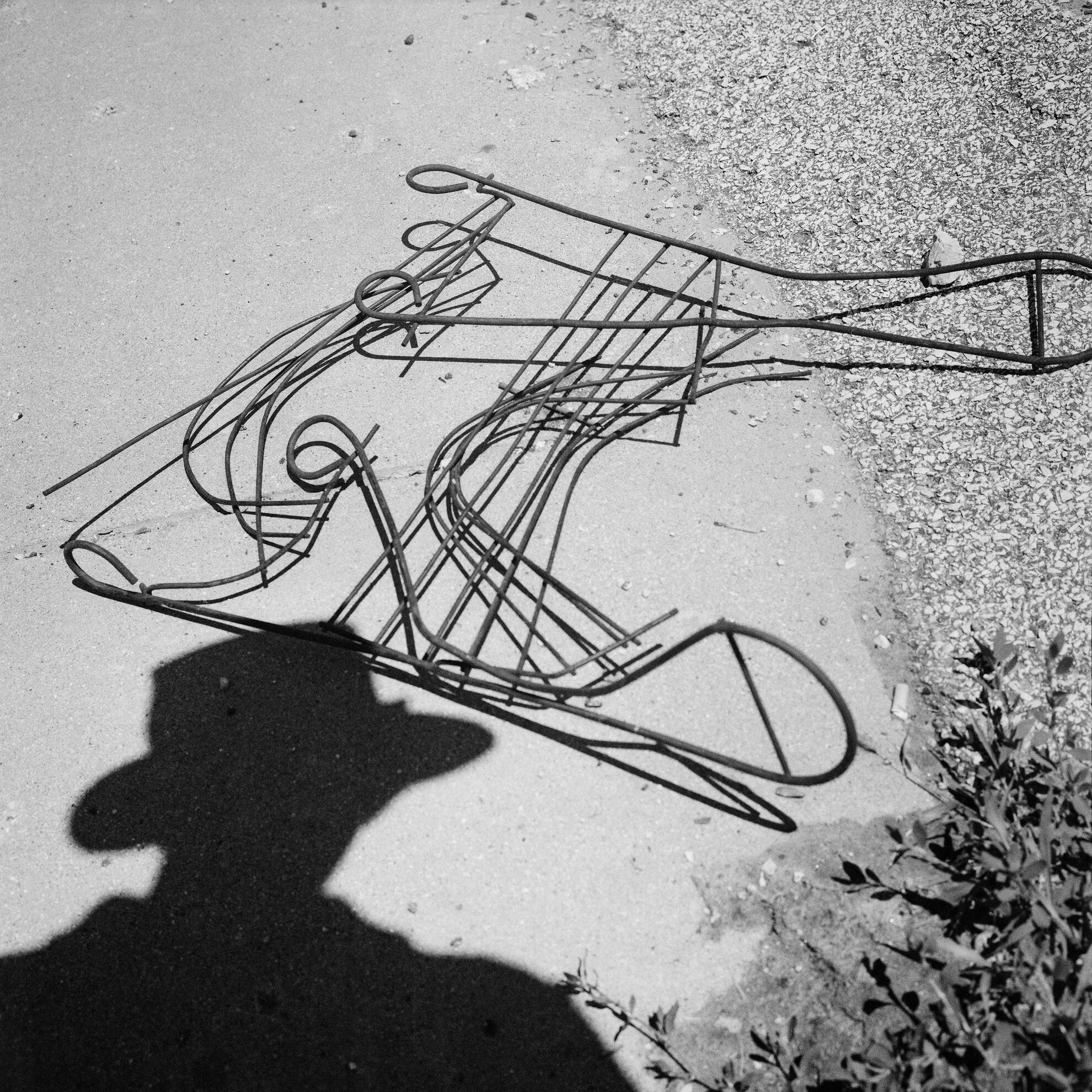
After mounting the wooden spiral staircase, many more photographs and contact sheets are showcased upstairs, while visitors can also sit for a second to see a screening of photographs of Maier’s camera collection, letters and print instructions. If you look carefully, two famous faces can also be spotted in the photos. Getting a glimpse of life in Chicago and New York in the mid 20th century through the eyes of Vivian Maier is a truly special experience that can be wholeheartedly recommended to anyone. A book about Vivian and her photographs is also available at the little gift store. To learn more about this highly intellectual, outspoken and solitary character, dig out
Finding Vivian Maier.
The Secret Passion – Photos of Vivian Maier The exhibition is on view until January 7, 2018 at the Mai Manó House.
